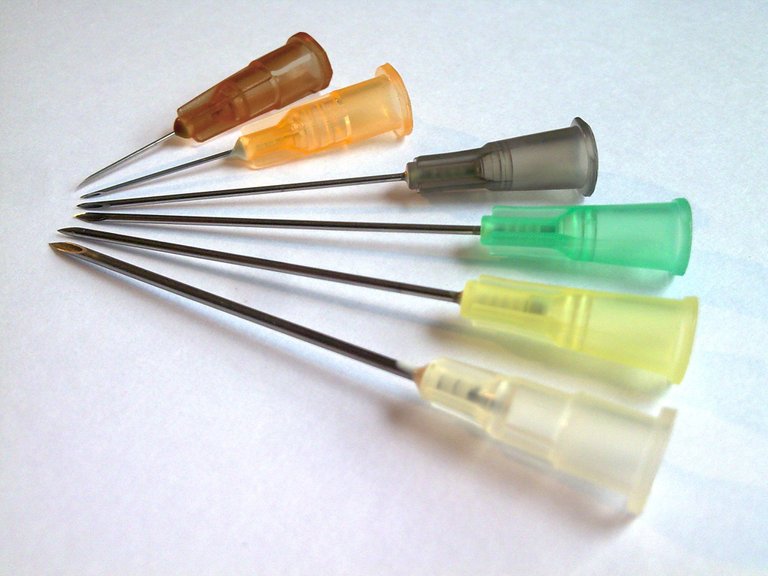
Hello Steemians,
This post is a recount to what happened to me during my End of Surgery rotation Exam which was last Friday.
Now, if you're not familiar with how the exams are like in Medical School, definitely check out my previous post right here to know why Exams in Medical School are so tough Click here
As I got to the instruments station, my examiner who also happens to be one of the best Neurosurgeon in our hospital, gave me two instruments; an IV (IntraVenous) cannula and a chest tube. It was at this moment he asked me one of the most basic yet profound question in clinical settings, a question that actually almost all health-care workers or those who are affiliated with needles manufacturing have asked themselves at least once in their lifetime but never really bothered to know the answer.
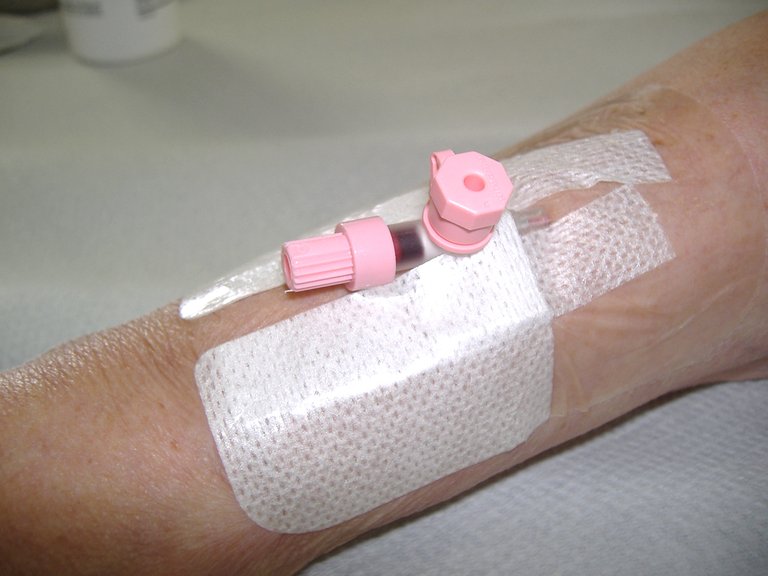
The question was "Why is is that the diameter of the Needle decreases with increasing gauge size (based on the value of G written on them) but the other way around with a chest tube?" Now, usually when we study instruments, what we study is the usage, the principle, the contraindication and the complication of these instruments that we use in surgery and post-operative care therefore this question caught me off-guard.
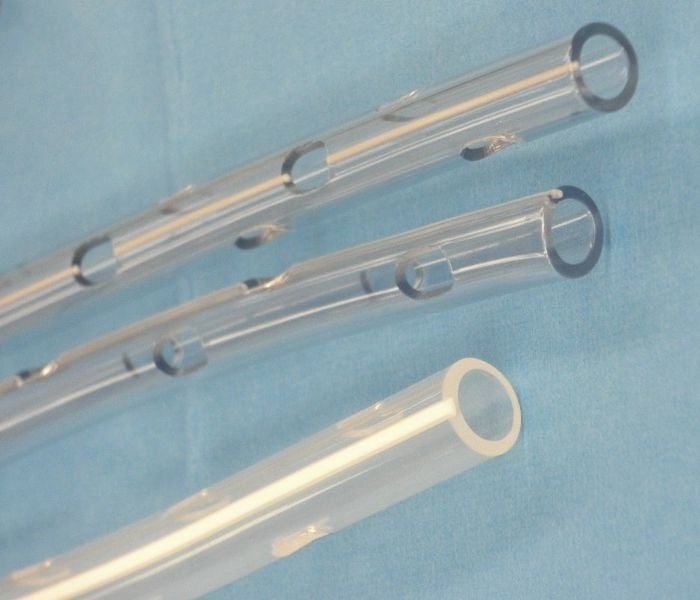
Thankfully (God Bless my curiosity) I happen to know the answer
It's actually because of the British and the French.
Let's start with the British - Long before we had a cannula in the healthcare setting, we had a system of measurement for the size/diameter of wires called the Birmingham gauge. It wasn't until the beginning ot the 20th century that it was introduced into the healthcare setting as a system of measurement for various adjunct such as the famous IV cannula. The value is actually derived from the value of 1 inch meaning that 1G equates to an INTERNAL diameter of 1 inch. 2G meant the diameter is half and inch, 4G meant that the diameter is a quarter of an inch and so on and so forth. That is how and why and 18G green cannula is larger than a 22G pink cannula.
"Okay we got that, what's the deal with the French and Chest Tube's size?"
Good question
Now, let's talk about the French Gauge system. Generally in Medicine, this system of measurement is used for catheters such as the Foley's catheter/Urinary catheter and well, the Chest tube. You can tell that the instruments are measured in French Gauge as they would often put either Fr or Fg as their unit. The rule of the size is that it increases with increasing Gauge number but the stark contrast however is that it measures Outer diameter and that the French size is divided into 3. For instance a French size of say 12 is equal to 4Fg or 4Fr as 12 is divided by 3 to get the diameter in mm. Complicated? Redundant? Kind of yes and those are valid criticisms towards the French Gauge system but hey, it's kind of well-embedded already so it's kind of hard to re-write the whole system.
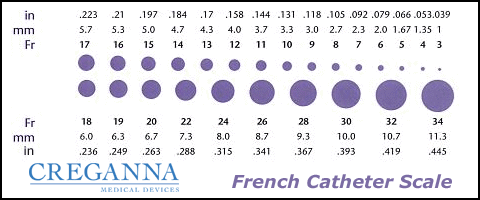
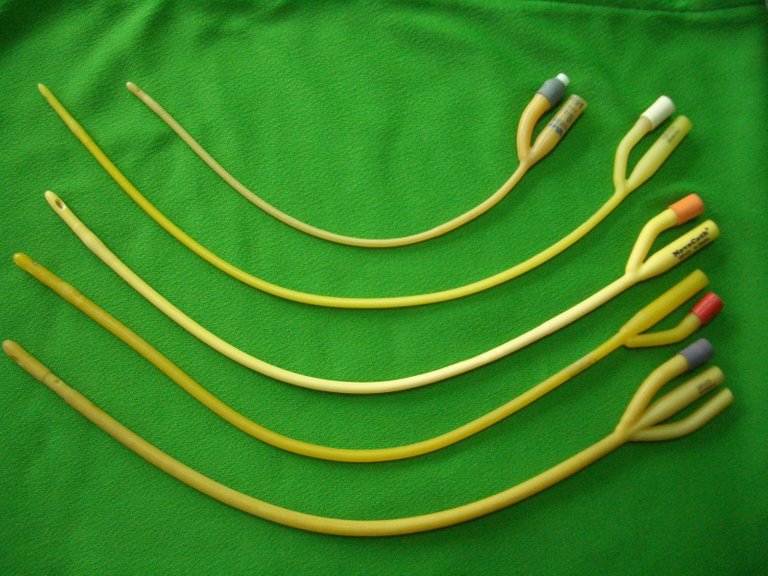
That's all for this post, hopefully you learned something new and do upvote if you did. Follow me for more awesome content. Do head down to the references below for further reading.
References:
Its too bad mild sizing discrepancies like this are too minor to ever get fixed, but just annoying enough that it bothers everyone who works in the field.
Exactly! You spoke my mind. Very bothersome but dismiss-able haha
orange colour is diameter standart used...
Oh really? I didn't know that, you mean for cannula or wire?